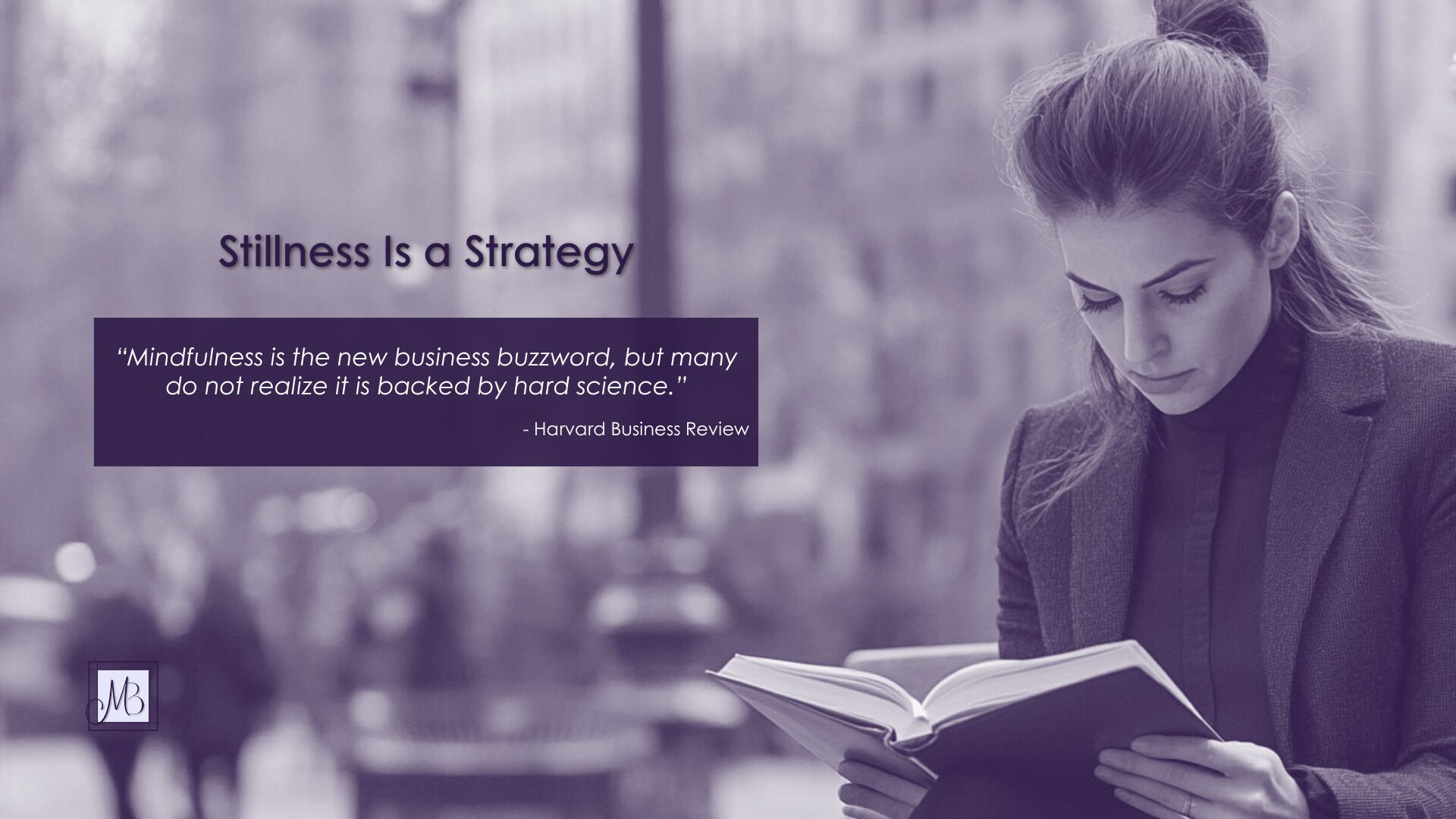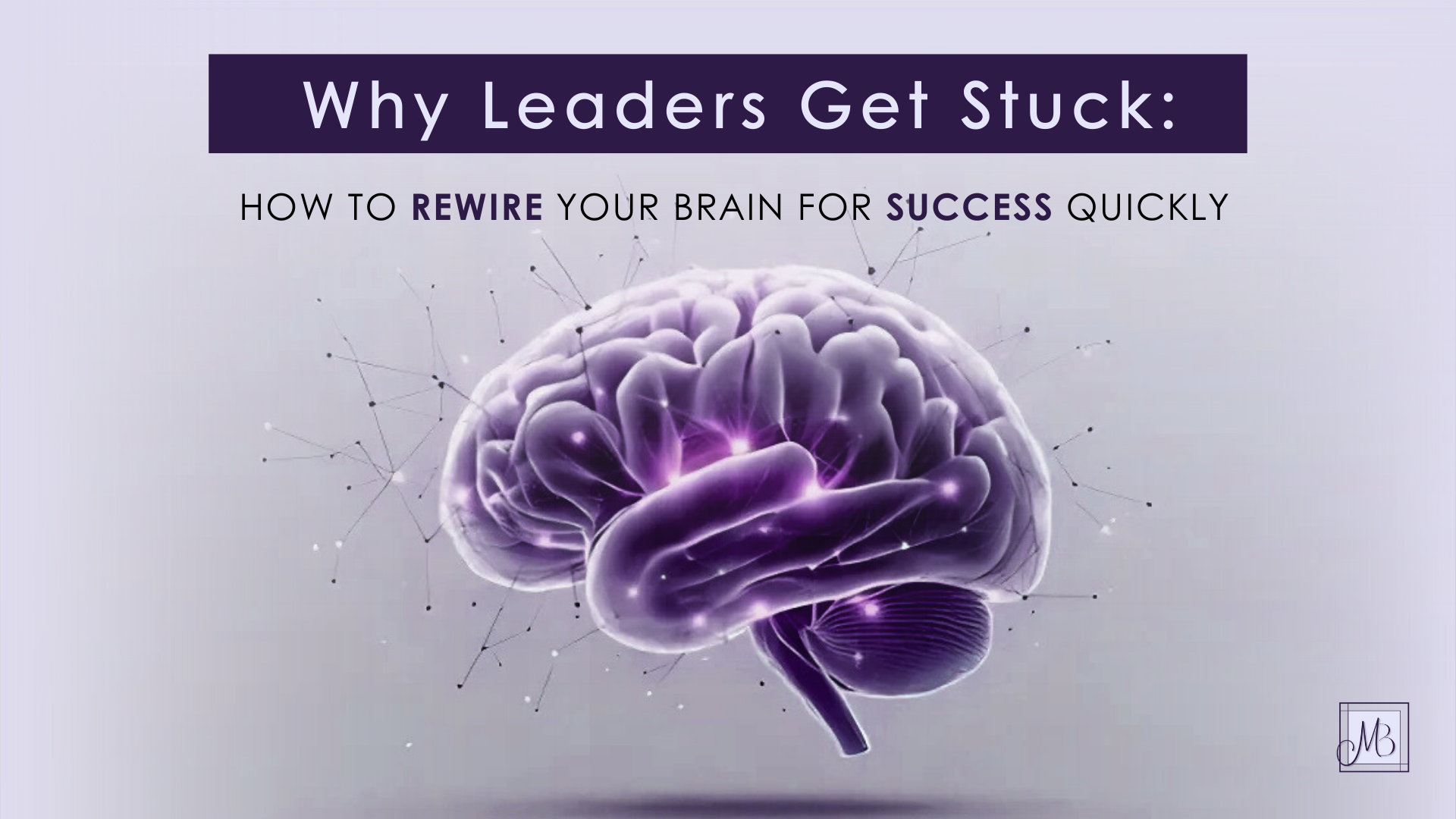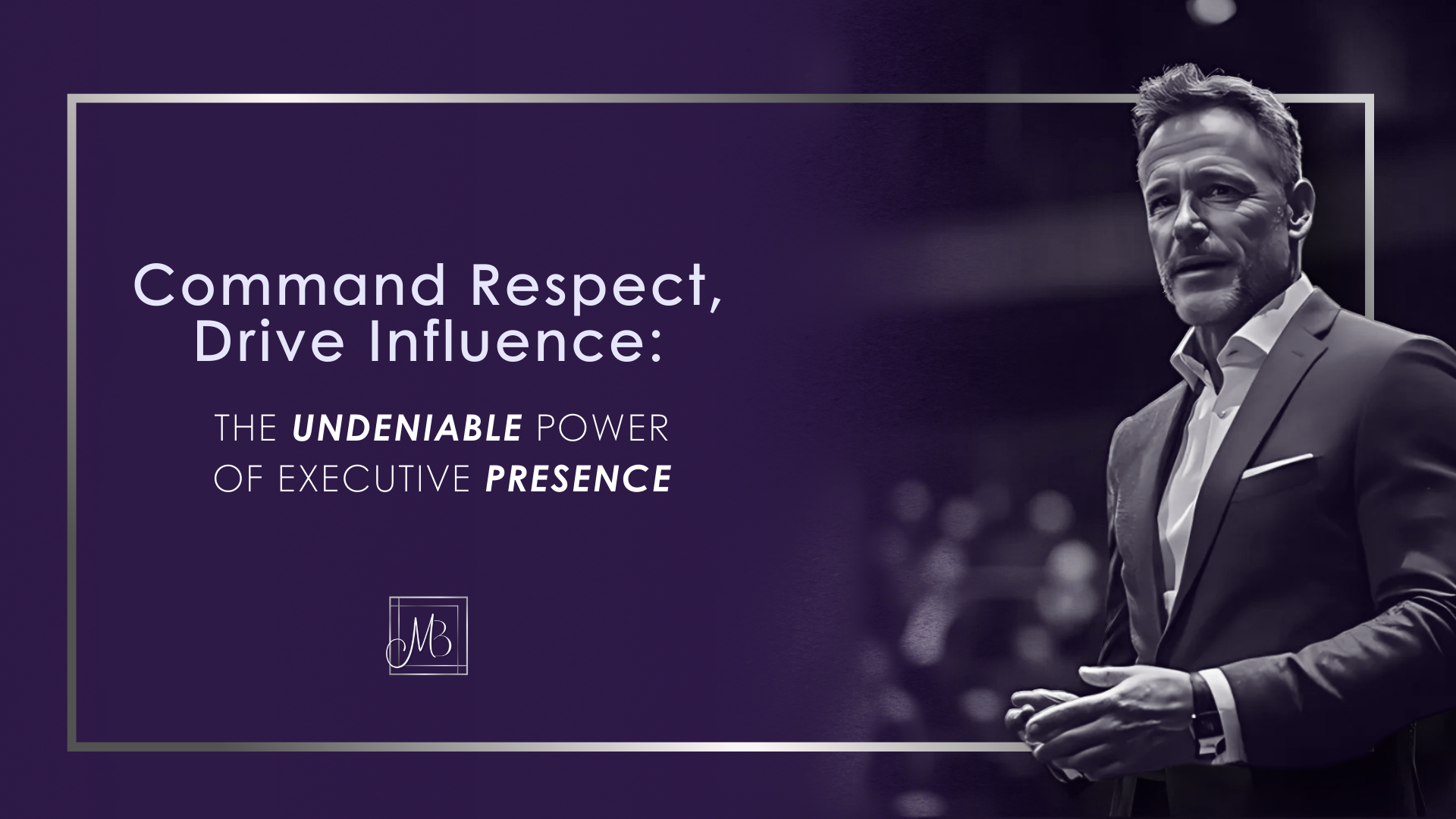We’ve all had moments where we walk away from a conversation, a decision, or a team meeting with a vague feeling that something was off. Sometimes we name it, regret, shame, or anger. These feelings often relate to emotional intelligence, an aspect we might overlook. Sometimes we shrug it off. But more often than we realize, what’s at play is something we didn’t see coming—because we didn’t see it at all.
Blind spots, which aren’t weaknesses but overused strengths, outdated instincts, and unconscious beliefs, are a universal human experience. They quietly drive our behavior, shaping the stories we tell ourselves and the ones others know about us when we leave the room.
Regardless of your success, experience, or self-awareness, blind spots are a universal reality. The question isn’t if they exist, but whether you’re willing to acknowledge them and, more importantly, whether you’re ready to shift.
Emotional intelligence is a leader’s edge. Are you honing yours?
The Cost of What You Don’t See
Blind spots don’t announce their presence. They masquerade as productivity, confidence, and even expertise, making them all the more dangerous.
- A partner who monopolizes meetings without realizing it.
- A founder who avoids delegation because no one does it quite right.
- A leader who deflects feedback with a smile and a “Thanks, but I’m good.”
Unchecked blind spots don’t just create internal and external friction. They also lead to missed opportunities, unspoken tension, and disengaged teams. But the cost isn’t just a professional. It is personal. Repeating the same conversations, avoiding the same decisions, and feeling stuck in motion are all consequences of blind spots.
Remember, sometimes it’s not the obstacle holding you back. It’s your blind spot pretending to protect you. But once you identify and address it, you open the door to significant personal and professional growth.
Where They Hide
Blind spots don’t always show up in dramatic ways. Often, they surface in small, familiar patterns:
- The moment you talk over someone “just to clarify”
- The instinct to fix a situation instead of sitting in discomfort
- The voice in your head that tells you silence means disapproval
- The quick yes to avoid confrontation
- The over-preparation that masks fear of being questioned
They tend to live in one of three places: overused strengths, fear-based assumptions, or outdated beliefs. What once made you successful may now be holding you hostage.
In fact, a study published in the Harvard Business Review found that 95% of people believe they’re self-aware, but only 10–15% actually are. That gap? It’s not just surprising, it’s the reason growth stalls, relationships suffer, and leadership plateaus.
I often cite this study because many people underestimate just how deeply their blind spots affect the way others experience them, every single day.
One example came up recently in a coaching session. My client shared that several team members had left her company, and she anticipated being asked to take on their work. She mentioned that she’s had similar conversations in the past. Each time, she intends to hold her boundaries and manage expectations. But without fail, she walks out having said yes to everything, just to avoid confrontation.
That’s the blind spot: the “quick yes” disguised as collaboration.
The first step is naming it. The second is preparing for the moment it shows up again, and choosing a different response.
Three Ways to Surface and Shift Blind Spots
1. Interrupt the Pattern
Most blind spots live in autopilot moments. Pay attention to the second you want to dismiss, defend, or double down. That pause? That’s your entry point.
Instead of: “That’s just how I work.”
Try: “What am I avoiding by holding onto this approach?”
The shift starts by noticing the urge to protect yourself and staying curious instead.
2. Upgrade Your Feedback Circle
Generic feedback doesn’t help. You need insights from people who’ve seen you at your sharpest and your most reactive. Ask them:
- What do I do that shuts down the conversation?
- What’s something you see in me that I might not see?
- Where do I unknowingly limit my growth?
This isn’t about critique, it’s about clarity. The right mirror changes everything.
3. Track the Trigger
First, acknowledge it. Then write it down the next time you feel tension in your chest, regret, anger, or defensiveness rising. What was said? Who said it? What did it make you feel about yourself?
Often, the emotional trigger is where the blind spot lives—not in the other person, but in what you fear it reveals about you. In NLP (Neuro-Linguistic Programming), we use a technique called anchoring. It is the process of associating a specific emotional state with a particular stimulus, like squeezing your finger, so that the emotional state can be quickly and deliberately recognized and addressed. The first step to disarming the trigger is to be able to name it. The second step is to choose a new response.
From Awareness to Action
Blind spots don’t disappear with awareness. They dissolve with accountability and practice. You don’t need to be perfect—you need to be willing. Open to listening without feeling the need to defend. Receptive to reflecting without resorting to justification. Ready to show up in new ways, even when discomfort arises.
The most effective leaders aren’t the ones with all the answers. They’re the ones who keep asking better questions, especially of themselves.
When You’re Ready to Go Deeper
Blind spots don’t mean you’re broken. They tell you you’re human. But you can’t shift what you won’t name, and you can’t grow if you refuse to look at your shortcomings. Embracing your blind spots and working to overcome them is a powerful act of self-awareness and personal growth. It is the first step in owning your EQ edge.
If you’re wondering where your blind spots might be showing up, start with my Self-Awareness Quiz(INSERT LINK). It’s a simple, decisive step toward building clarity—and unlocking the next level of how you lead, connect, and communicate.
Because the truth is, you can’t fix what you won’t face.
And you can’t lead others if you’re not willing to lead yourself.
So ask yourself this:
What are you pretending not to notice about yourself?
Sources:
Harvard Business Review





















